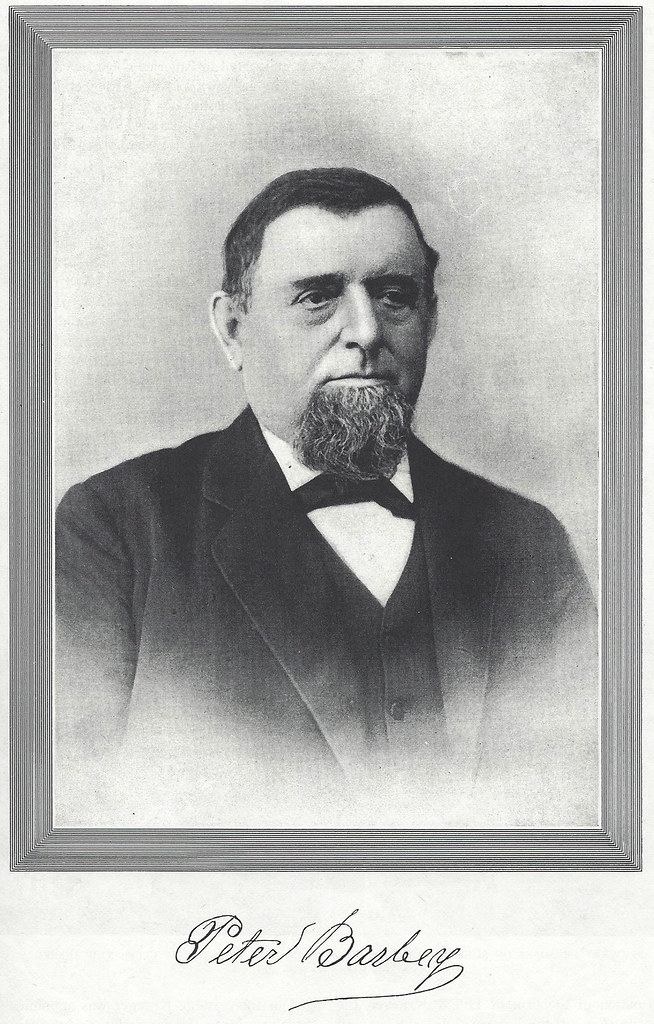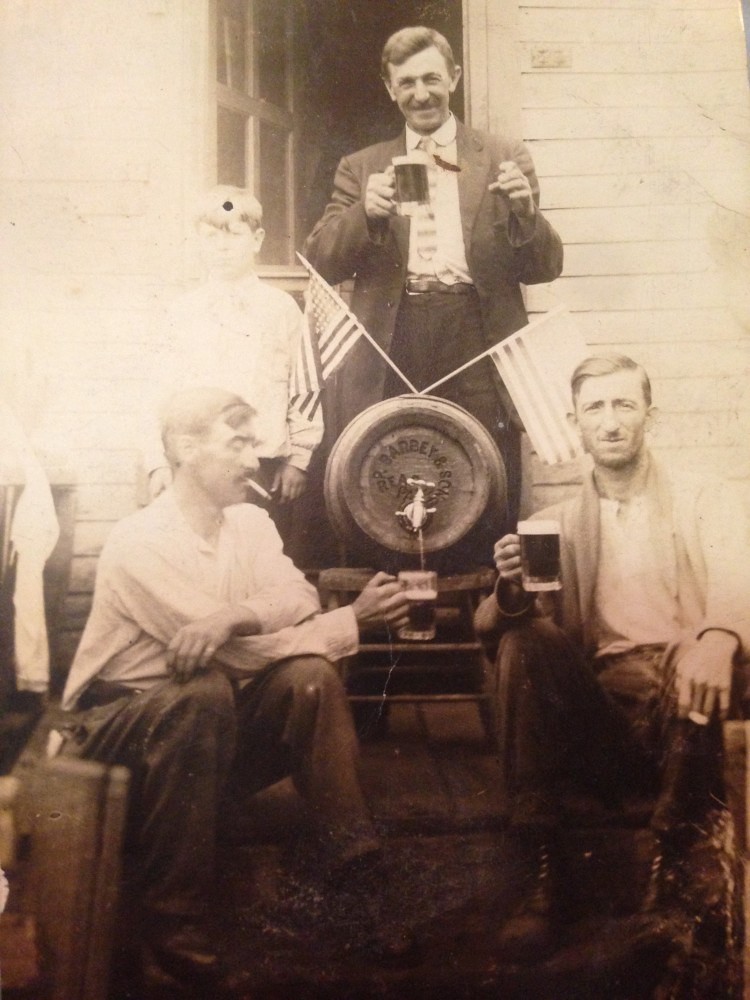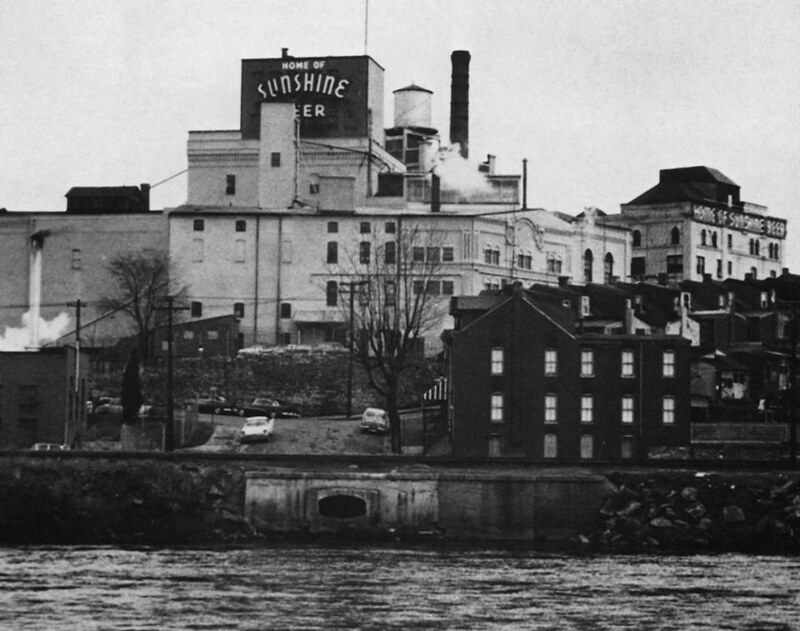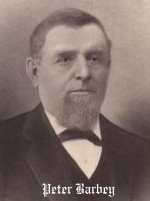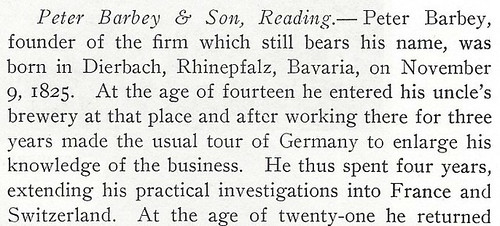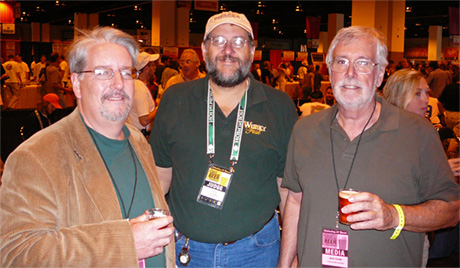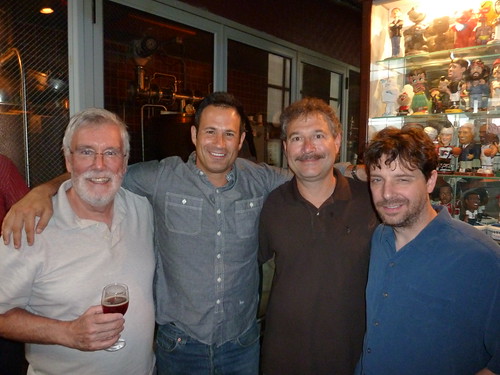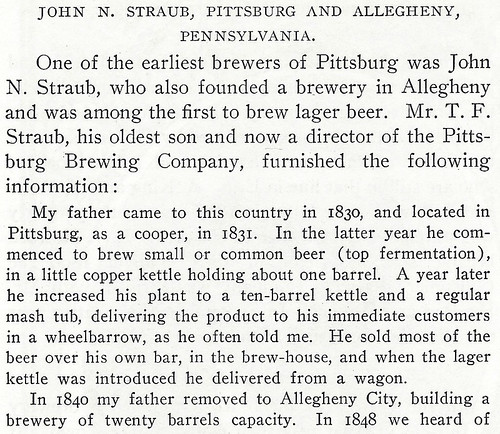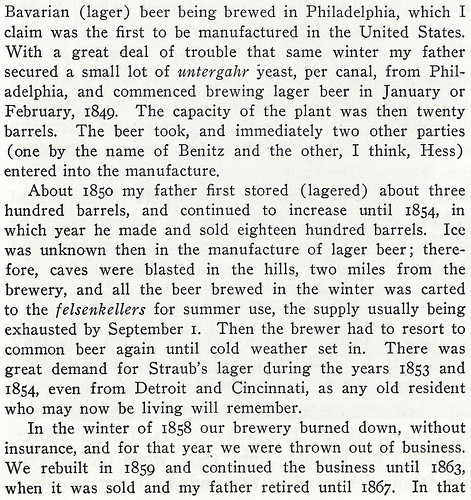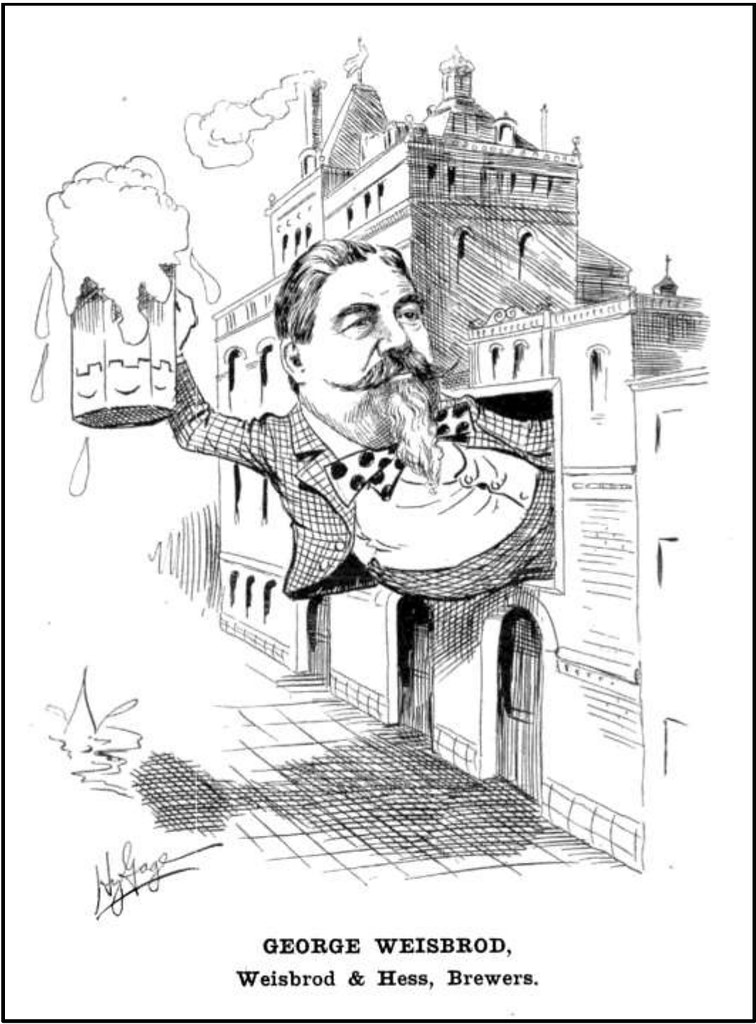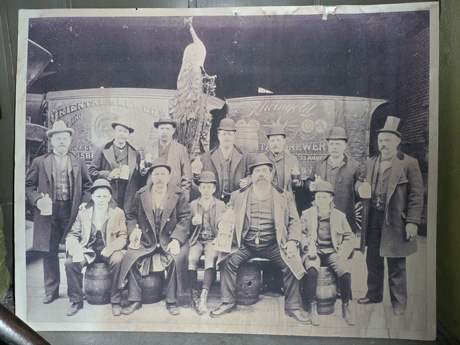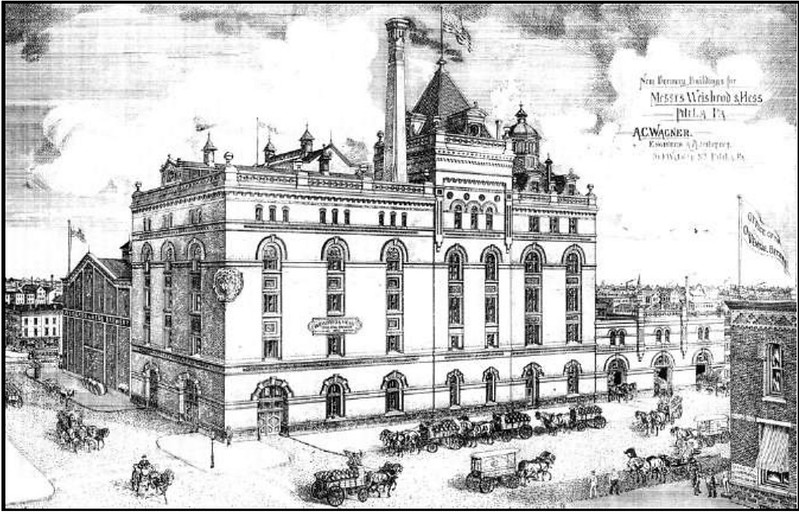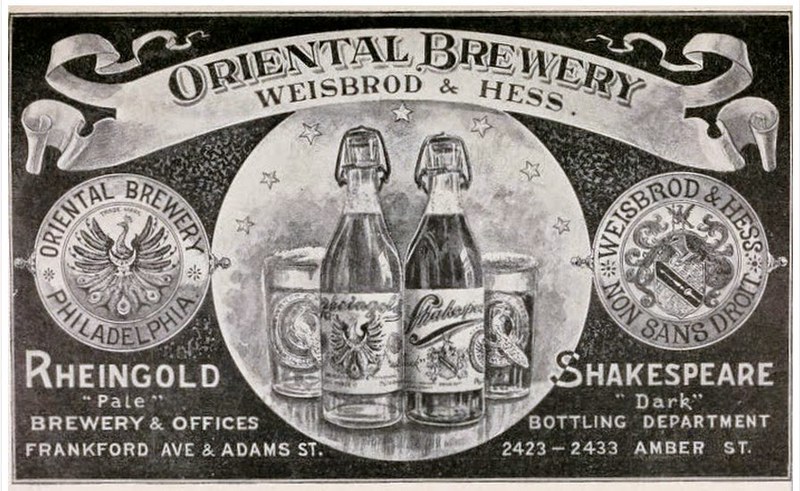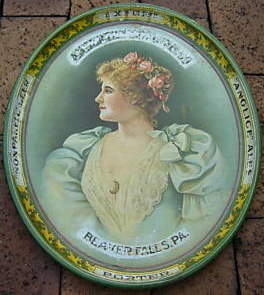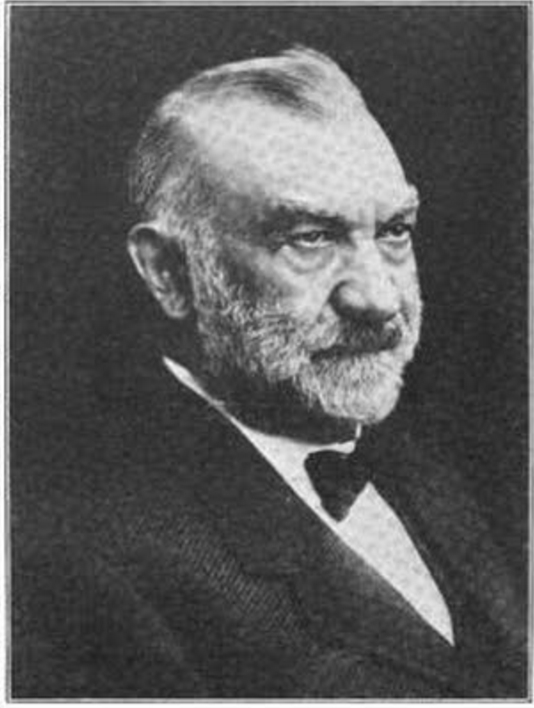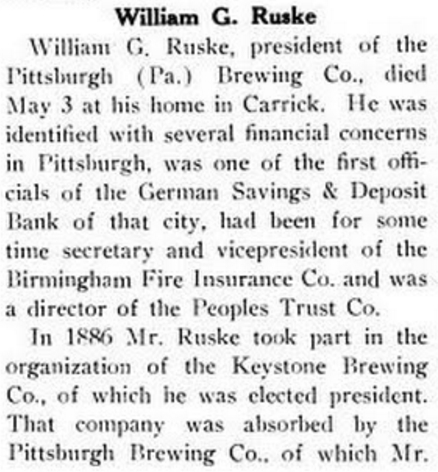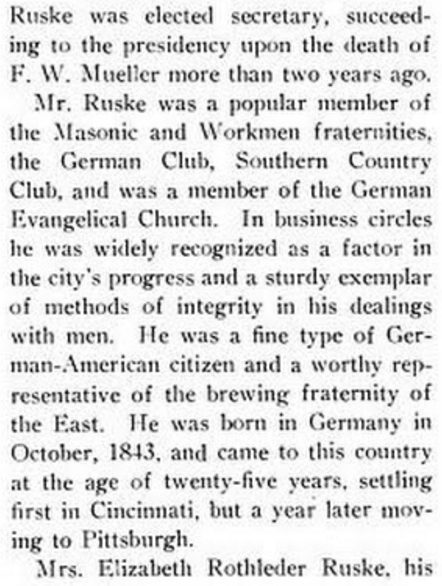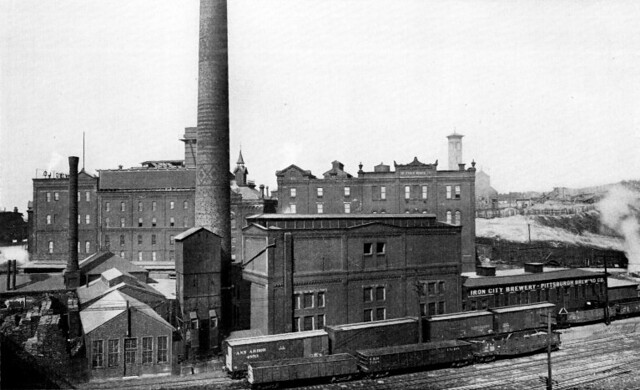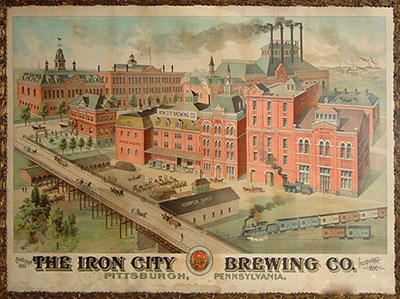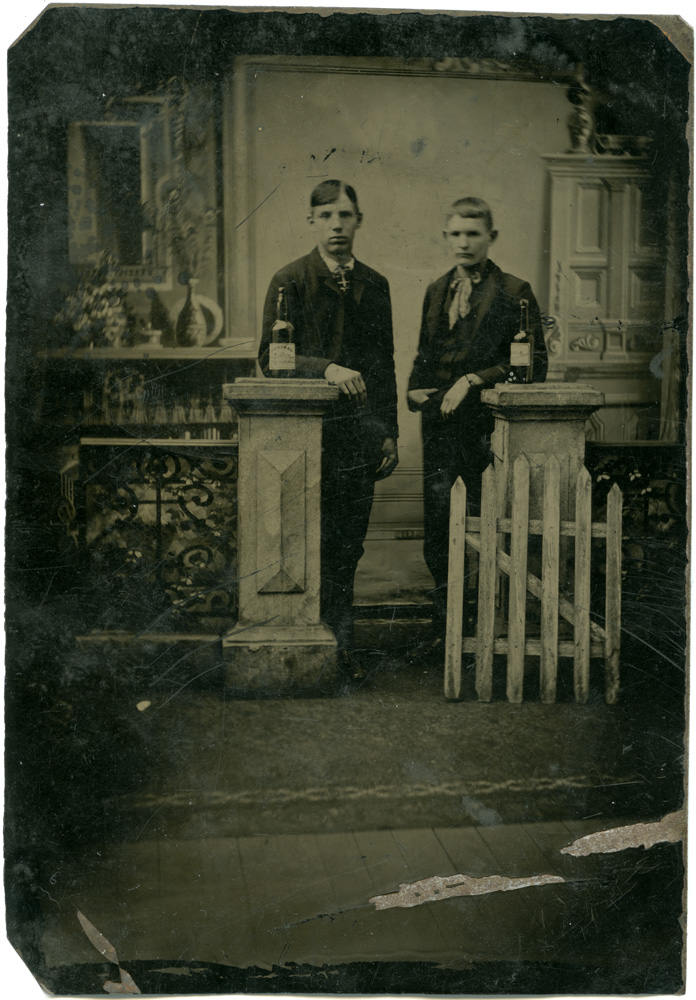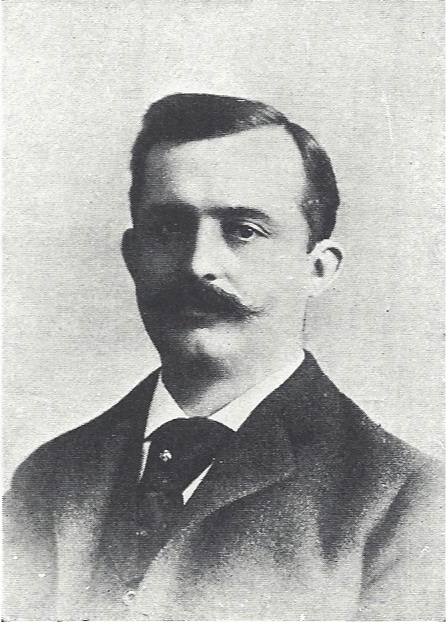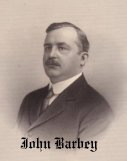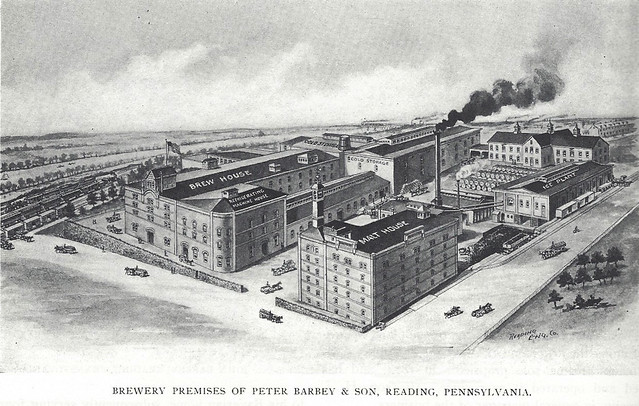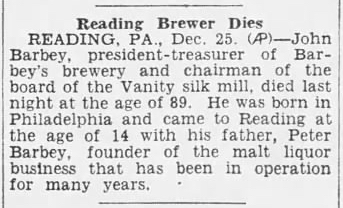
Today is the birthday of Gustavus Bergner (November 11, 1832-May 6, 1883). He was born in Germany, but emigrated to the U.S. with his family when he was a teenager. He learned to brew working at the brewery owned by his father, Charles William Bergner. After his father’s passing, Gustavus owned and operated a large saloon, before “he became a partner in the old brewing firm of Engel & Wolf. The brewery was greatly enlarged, and their business increased rapidly. The firm subsequently became Bergner & Engel, and later the Bergner & Engel Company.”

Here is his obituary from the Philadelphia Inquirer on May 7, 1883:
“GUSTAV BERGNER, the WELL-KNOWN BREWER“Mr. Gustav Bergner, of the Bergner & Engel Brewing Company, died about nine o’clock last night at his residence, No. 2310 Green street. Mr. Bergner has been failing in health for some time and has been quite ill for the past two weeks.
His father, who was a brewer, came to this country about thirty five years ago, and after traveling about two years, went back to his native land and returned with his family, The elder Bergner built a brewery on Seventh street, below Girard avenue, that neighborhood at that tine being in the suburbs of the city. The son learned the business there, and was afterward admitted into partnership. The business of the firm rapidly developed, and their establishment was soon one of the leading breweries of the city.
Mr. Bergner experienced several reverses during life, and after the partnership with his father, he conducted a large saloon on Dock street. From the years 1872 to 1878 he ran the large saloon on Library street nor conducted by Gustav Wallace. Here he amassed considerable money. In 1872 he became a partner in the old brewing firm of Engel & Wolf. The brewery was greatly enlarged, and their business increased rapidly. The firm subsequently became Bergner & Engel, and later the Bergner & Engel Company.
It is one of the largest breweries in this section of the country. Several times their establishment was partly destroyed by fire, causing an interruption of their business.
Mr. Bergner was a member of several German societies, and was known in German circles as a very liberal man. During his life he amassed a great deal of money, but always spent it freely. He leaves a widow and a son and a daughter.”

Here’s a description of the above poster of Bergner’s brewery from the Library Company of Philadelphia:
Since the erection of the first brewery in Philadelphia circa 1683, beer making has been a near steady Philadelphia industry. Following the introduction of lager beer to the Philadelphia market in the mid-19th century, German-American brewers dominated the field. The firm of Bergner & Engel, formed in 1870 between longtime brewers Gustave Bergner and Charles Engel, symbolized the best of the best of that era’s nearly one hundred, mostly German-American run breweries. Operating from a plant built for Bergner in 1858 at 32nd and Thompson streets, the brewery served as the forerunner in the establishment of the industrial neighborhood known as Brewerytown.
This circa 1875 print, a chromolithograph by German-born lithographer Charles P. Tholey, evokes the vitality of the brewing industry and documents the eye-catching imagery of advertising for the city during the 19th century. The advertisement conveys the expanse of the Bergner & Engel plant that included ice houses, a brew room, fermenting and cooling rooms, store rooms, offices, and dwellings. The numerous factory wagons loaded with kegs of beer to be delivered, the visible construction dates of the ice houses, and the several returned and cleaned barrels demonstrate the success of the company. To catch and keep the viewer’s eye, Tholey also employed subtle details such as the excited dogs, the probable job seeker soliciting a worker on break, and one of the proprietors, Bergner, conversing with an employee in front of his office.
Unlike advertisements of today, the product for sale does not serve as the focus of the print. Rather, the factory comprises the image. Competition for consumers was not based on the quality of the good, but the quality of the establishment in which the product was produced. Regarding the circulation of such prints, rather than posting them publicly in stations, on buildings, or fences, businesses probably enclosed the advertisements with product shipments sent to their distributors throughout the country. Enterprises such as Bergner & Engel anticipated that their retailers would display the prints in the public spaces of their establishments to promote their products to a broader base of consumers.

This short biography is from the breweriana website Tavern Trove.
Gustavus Bergner, the founder of the Bergner & Engel Brewing Co., was born in Crimmitschau, Germany. He arrived in America with his father in around 1850, and was naturalized on Halloween day, 1853. He cut his teeth in the brewing business by working at his father Charles William Bergner’s Philadelphia brewery on 7th street, below Girard Avenue. The education was to be short-lived, however as his father died on November 15th of 1852 .
Upon his father’s death Gustavus brought in Christian Muehleck as a partner. Together they moved the brewery to Dock Street and expanded it. On June 8th of 1863 they opened the Library Street Hall at 412 Library Street and used the saloon/hotel as a depot to sell their beer. They ran both enterprises for a few years until the Library Street landlady sued them for breach of contract. The beer men won their lawsuit in January of 1866 but in May of that year Muehleck died after a short illness, leaving Bergner to continue alone.
Bergner brewed at the Dock Street location for four more years and in that time amassed a sizable reputation. In 1870, at age 38, Bergner was offered a partnership in the reputable Engle and Wolf Brewery, Charles C. Wolf having retired. With Bergner on board, the Engel & Wolf plant was expanded even more, and output was greatly increased. By 1872 the firm had been renamed the Bergner & Engel Brewery, and was one of the largest in eastern Pennsylvania.
In around 1853 Bergner married fellow German emigre Catharine Christine Wehn. Their union produced a son and a daughter.

And this account is from “One Hundred Years of Brewing:”




